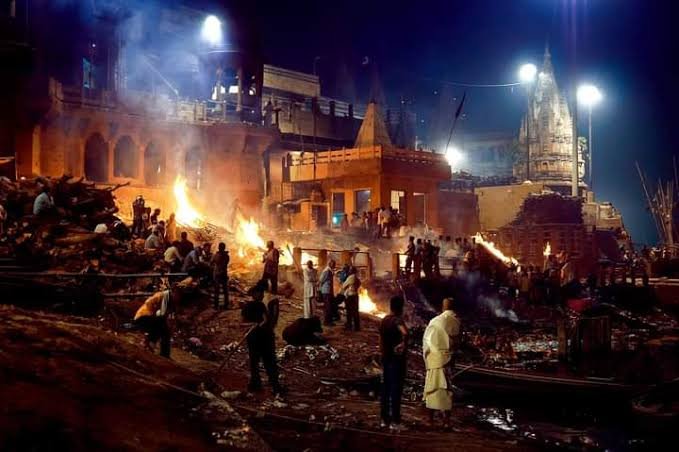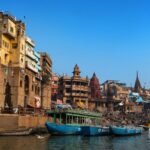Manikarnika Ghat, one of the most revered cremation grounds in Varanasi, is undergoing a major redesign. Initially planned with 22 platforms for cremation, the new design will feature 18 platforms due to the marshy nature of the soil along the Ganges. Before commencing construction, soil testing was conducted, and expert opinions were sought to ensure structural stability and sustainability.
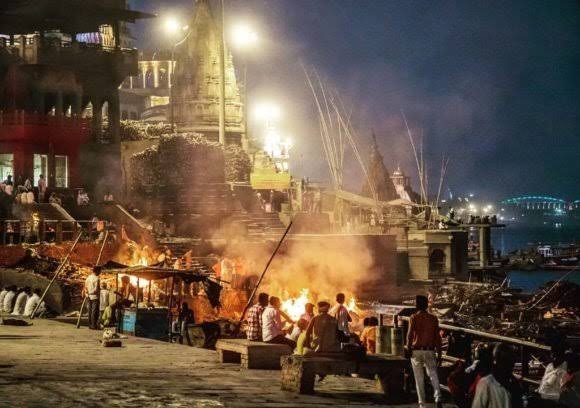
Why is the Design Being Changed?
Manikarnika Ghat is a site of immense religious and cultural significance. Due to its location on the banks of the Ganges, the soil in the area is found to be marshy, posing structural challenges for the construction of cremation platforms. Initially, plans were made for 22 platforms; however, after receiving laboratory reports indicating the presence of unstable soil, the decision was made to reduce the number to 18.
According to officials from the executing agency, deep piling was required before construction could begin. However, excessive piling could pose risks to the stability of the structure. The new design will accommodate 18 platforms, ensuring safety while maintaining efficiency.
Construction Details and Structural Modifications
The construction of the cremation facility will follow a G+1 model, allowing for an efficient cremation process while leaving scope for future expansion. The foundations will be reinforced with extra piling, ensuring stability against flooding and other environmental factors. Soil testing has revealed the need for pile depths of 15 to 20 meters in areas where firmer ground is found. These reinforcements will help prevent any collapse or damage during seasonal floods.
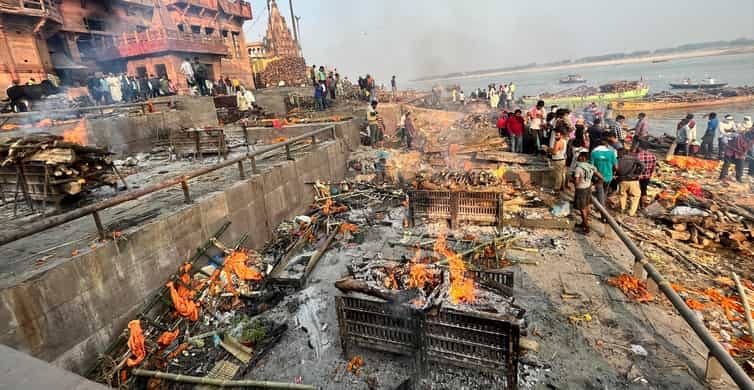
Additionally, debris and materials stored at the site are being cleared to make room for the construction. The entire project will cover an area of 29,350 square feet, ensuring adequate space for both traditional and modern cremation practices.
Environmental and Structural Enhancements
To address concerns about air pollution and the spread of ashes, a 25-meter-high chimney will be installed at the cremation ground. This chimney will help ensure that cremation ashes do not spread to nearby residential areas. Furthermore, specialized facilities such as sacred water tanks for last rites, waste collection trollies, and designated shaving areas for mourners will be incorporated.
The redesigned cremation area will be covered on all sides, providing a more organized and dignified space for last rites. Features include:
- Five dedicated covered cremation berths
- A service area for cremation rituals
- Waste collection and disposal facilities
- Well-designed staircases and waiting areas
- A registration office on the ground floor
- 18 open cremation platforms
- Storage space for wooden logs
- A large community waiting hall
- Two modern community restrooms
Construction Material and Aesthetic Considerations
Manikarnika Ghat holds significant historical and cultural value. To preserve its heritage, the construction will utilize Chunar and Jaipur stones, known for their durability and aesthetic appeal. These stones will ensure the longevity of the structure while maintaining a traditional appearance that blends with the architectural style of Varanasi’s ghats.
Impact on Devotees and Local Residents
The redesign of Manikarnika Ghat is expected to improve both the efficiency of cremation processes and the experience of families performing last rites. The structured and organized cremation platforms will prevent overcrowding, allowing smoother operations. The presence of a dedicated registration counter, waiting area, and proper waste management system will provide better facilities to those visiting the ghat for religious purposes.
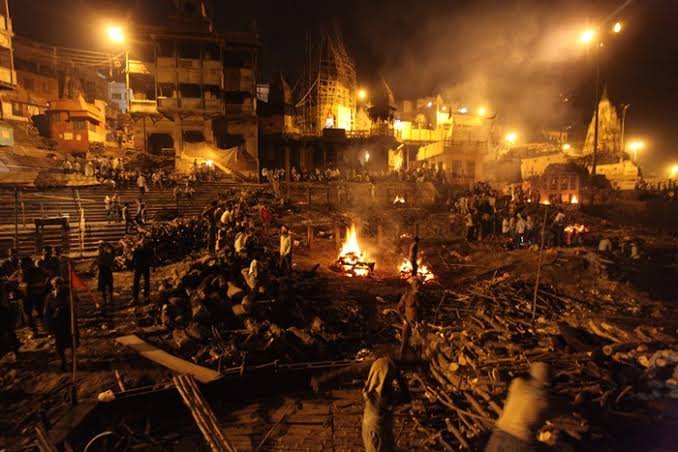
Local businesses around Manikarnika Ghat, including flower vendors, priests, and ritual facilitators, will also benefit from the structured layout. The redevelopment ensures that essential services are available in a systematic and organized manner, reducing chaos and making the area more accessible for devotees and tourists alike.
Government and Administrative Support
The administration has prioritized the project, ensuring that all construction aligns with environmental regulations and safety standards. The reduction from 22 to 18 platforms was decided after consultation with environmental experts, engineers, and religious leaders to maintain both structural integrity and cultural reverence.
Officials have assured that the work will be completed without disrupting ongoing rituals and traditional ceremonies. Temporary arrangements are in place to ensure that families can continue to perform last rites without major inconveniences.
Conclusion: A Modernized Yet Traditional Manikarnika Ghat
The redesign of Manikarnika Ghat represents a balance between tradition and modernization. While structural changes are necessary for safety and efficiency, the cultural and religious essence of the ghat will be preserved. With the inclusion of modern facilities, better waste management, and improved air pollution control measures, the redeveloped ghat will provide a more dignified and seamless experience for families performing last rites.
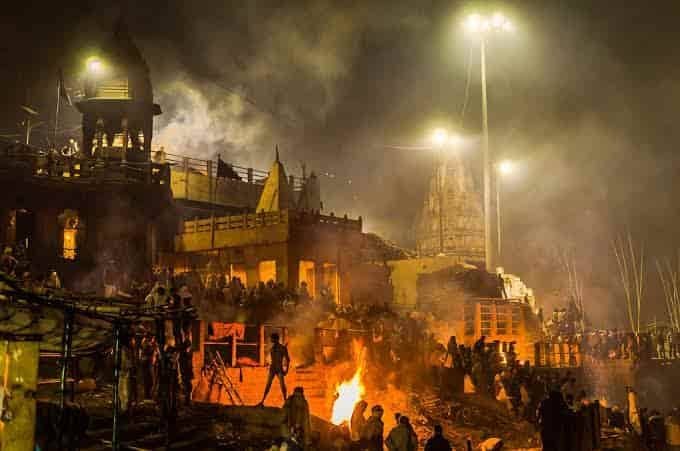
The project is a testament to Varanasi’s evolving landscape—embracing modernity while respecting its centuries-old traditions. As construction progresses, locals and pilgrims alike can look forward to an improved Manikarnika Ghat that continues to serve as a sacred gateway between life and eternity.

